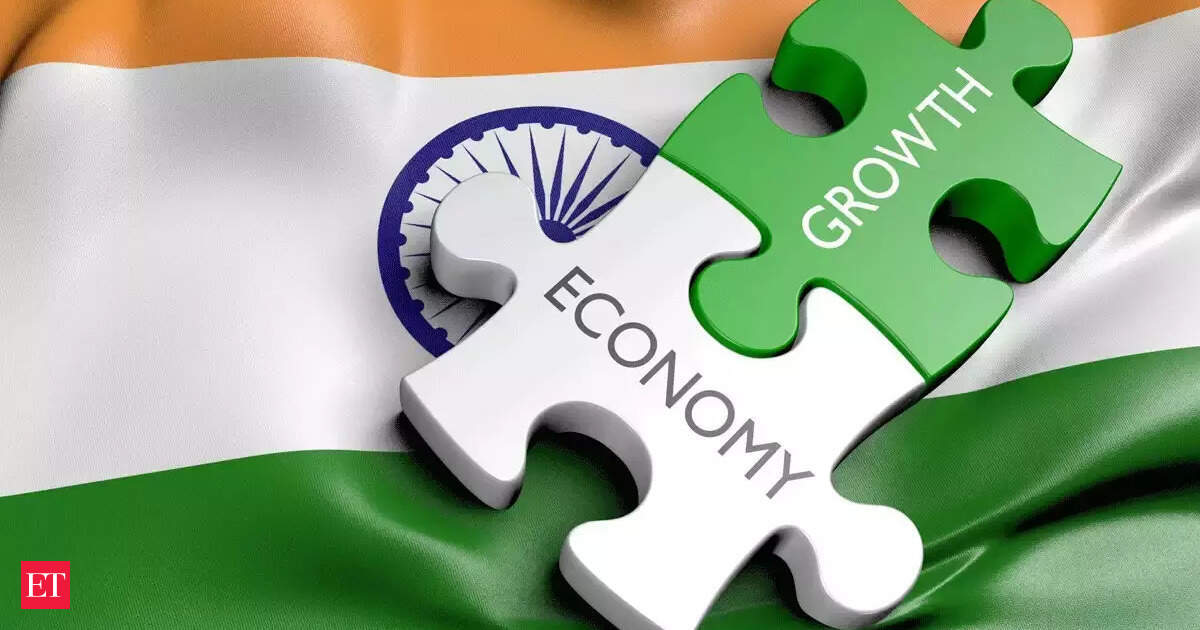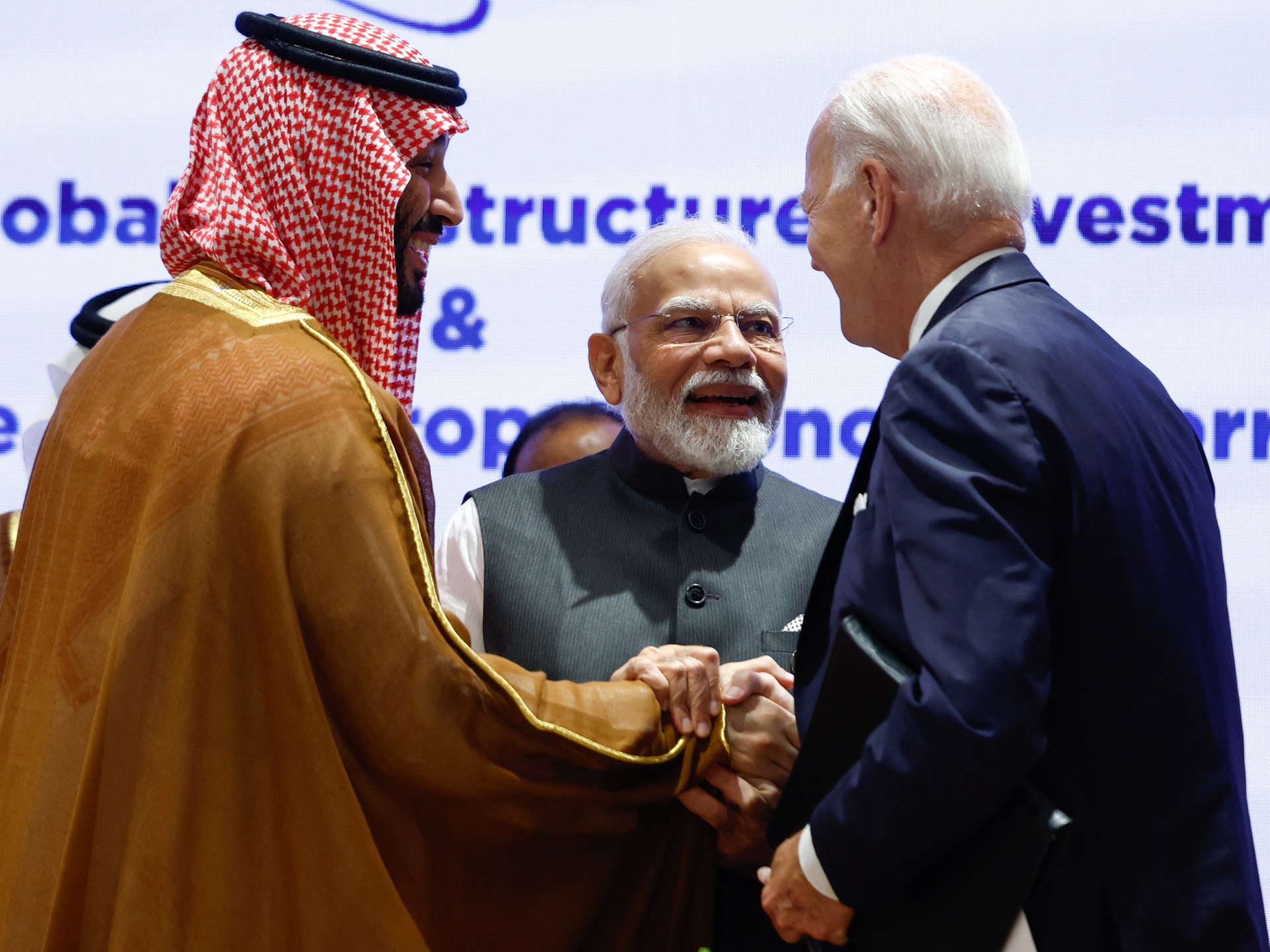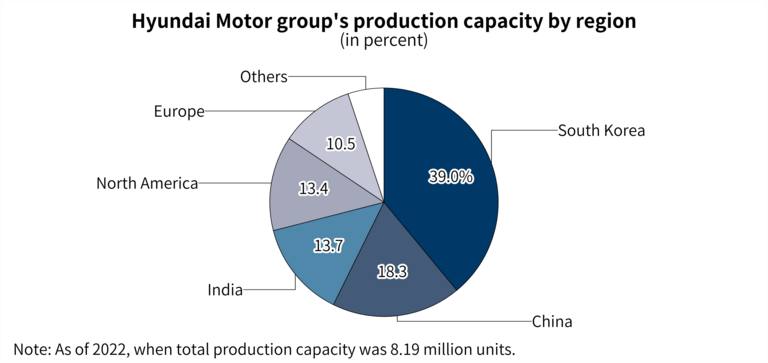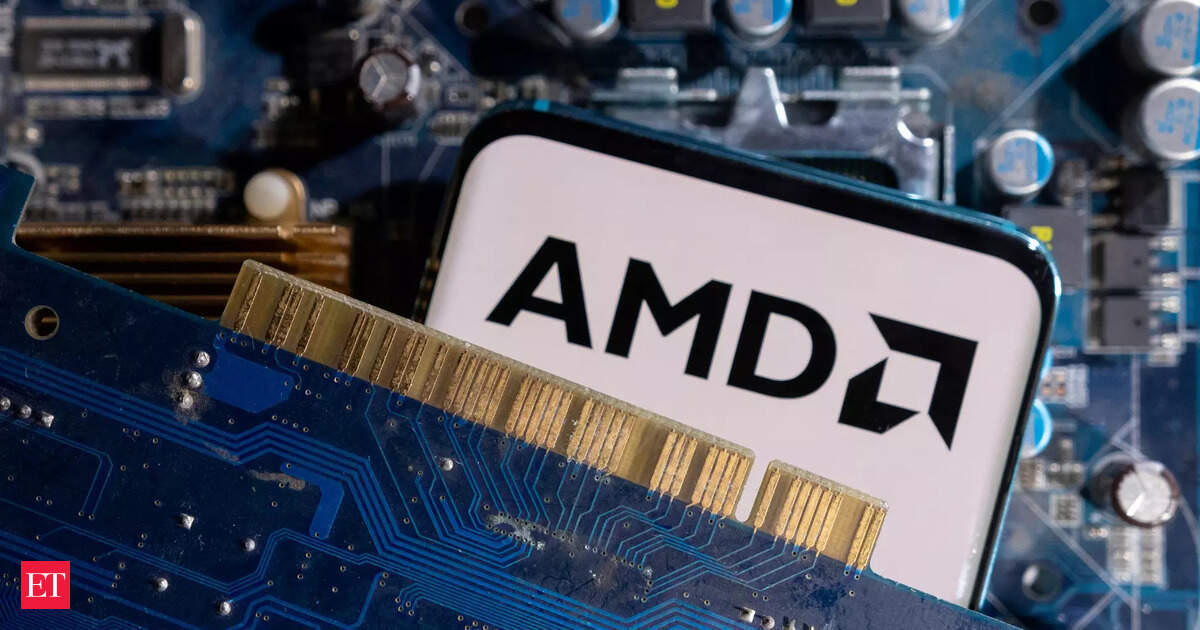
India upgraded to No.1 slot in Morgan Stanley's emerging markets list
Multipolar world trends are supporting FDI and portfolio flows, with India adding a reform and macro-stability agenda that underpins a strong capex and profit outlook, Morgan Stanley said, adding that a secular trend is seen toward sustained superior USD EPS growth versus EM over the cycle, with...
Top global brokerage firm Morgan Stanley on Thursday upgraded Indian stocks to overweight rating and ranked India as the No. 1 market in its basket of Asian emerging markets ex-Japan.
Beating the likes of Korea and UAE, India jumped 5 places in Morgan Stanley's list on the back of a structural uptrend, secular leadership and relative valuations being less extreme than in October.
"India now becomes our core OW market within APxJ/EM with 12mf P/E and trailing P/B standing at +1.4 S.D and +0.6 S.D. above historical average as a premium to pay for higher growth opportunities. Valuation premiums to EM and China have moderated significantly from last October's high and started to spike up again," Morgan Stanley said in its report.
Multipolar world trends are supporting FDI and portfolio flows, with India adding a reform and macro-stability agenda that underpins a strong capex and profit outlook, it said, adding that a secular trend is seen toward sustained superior USD EPS growth versus EM over the cycle, with a young demographic profile supporting equity inflows.
Morgan Stanley's India economics team says the country's macro indicators remain resilient and the economy is on track to achieve the 6.2% GDP forecast.
"12mf EPS is trending higher in a structural manner, supported by a favorable demographics trend, improvement in labor productivity and a multipolar world dynamic that drive up service exports and meaningfully higher FDI," the analysts said.
The brokerage has downgraded China, in the meantime, to equalweight saying that the domestic demand has failed to recover convincingly in the post-Covid environment.
"Considering Indian equities and China equities as a pair in USD terms and using the MSCI Indices as the benchmark, the beginning of a new era of Indian outperformance compared to China appears to be dawning," it said, explaining why it upgraded India to overweight and downgraded China to equalweight.
On Dalal Street, MS is overweight financials, consumer discretionary and industrials. Maruti Suzuki and L&T have been added to its focus list with target prices of Rs 9,716.8 and Rs 2,666.7, respectively.
While Maruti is expected to benefit from a higher per-capita income in India as well as market share expansion and improving product mix, capex play L&T enjoys economies of scale and also compares favorably vs. peers in terms of order inflow growth, diversified order book, improving execution and revenue growth, lower margin volatility, well-managed working capital.
L&T's core valuations are trading near the long-term average, whereas its EPC peers are trading at ~20% premium to the long-term averages, it said.
Two other Indian stocks in its Asia Pacific ex-Japan Focus List are Hindustan Aeronautics and ICICI Bank.
On the back of a record inflow of around Rs 1.5 lakh crore in FY24 and an encouraging June quarter earnings season, Indian stocks have touched record high levels.













